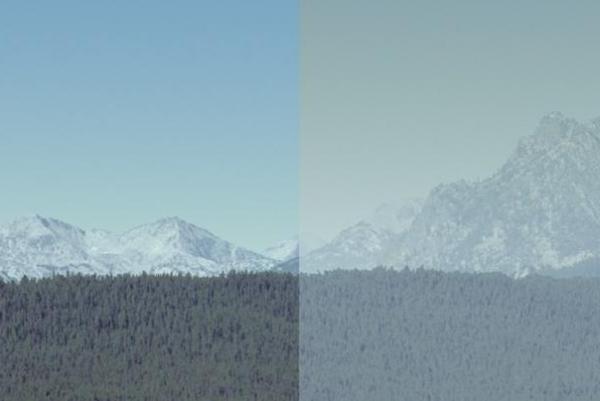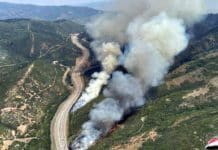
STEAMBOAT SPRINGS, Colo., Jan. 7 (UPI) — Scientists have identified a link between droughts in the West and air quality in the Rocky Mountains. Researchers suggest prolonged droughts are encouraging haze in the mountains.
In a new paper published in the journal Environmental Research Letters, scientists at the University of Utah argue wildfires at least partially explain the link between drought and haze.
Haze is the accumulation of dust, soot, ash and other particulates trapped in the atmosphere. Depending on the types of particles, haze can have both warming and cooling effects.
Previous studies have suggested haze levels are decreasing across the United States. But the study identified a few anomalies, small pockets of the alpine West where peak summertime haze levels continue to rise.
Atmospheric scientist Gannet Hallar confirmed the findings using instruments designed to measure aerosol optical depth, a metric for the amount of aerosols between the sensor and the sun. The measurements were recorded at Storm Peak Laboratory, a research lab in Steamboat Springs, Colo. — part of the Desert Research Institute.
Hallar and her colleagues compared their aerosol readings with weather data and discovered a correlation with drought. Further analysis revealed a link between summer wildfires and rising haze levels.
Climate scientists have designed models to predict the effects of wildfire size and frequency on local air conditions. The latest data offered a chance to test the models.
“We’re putting a moment of real data in there,” Hallar said in a news release.
The predicted and real-world data were similar.
“It’s a strong evidence that the drought is probably allowing for more wildfires and the fires are most likely allowing for more aerosols,” Hallar said.
What’s most concerning for Hallar is the location of the problem. The rising haze levels were discovered among alpine wilderness, places preserved for their natural beauty. What’s more, global warming is expected to increase the frequency of droughts and wildfires.
“We need to think about fires in the realm of air quality,” Hallar warned.






